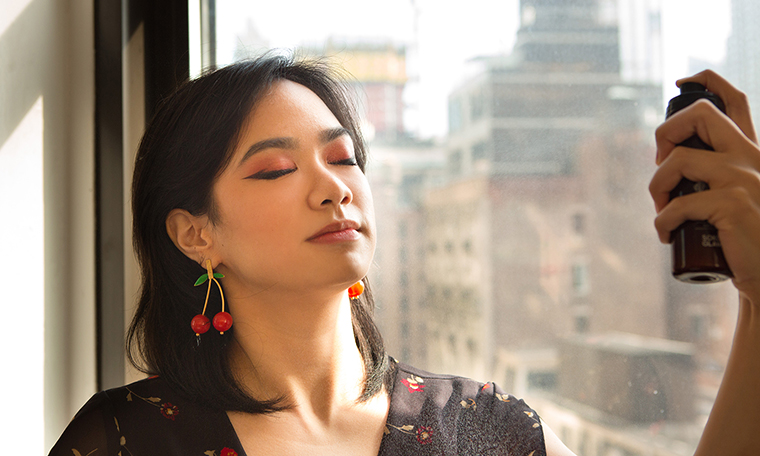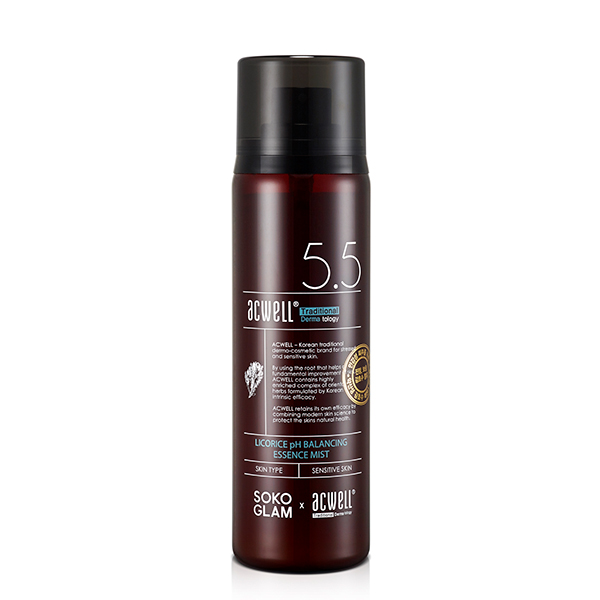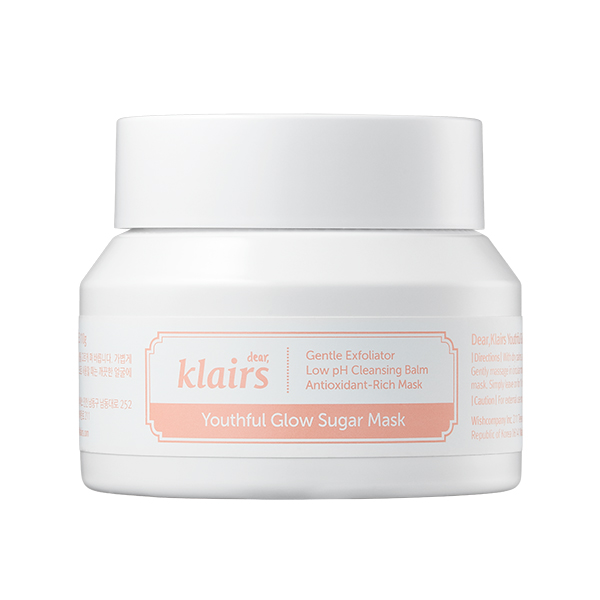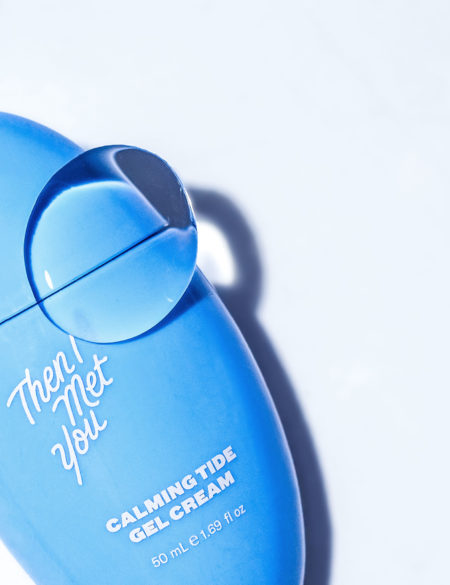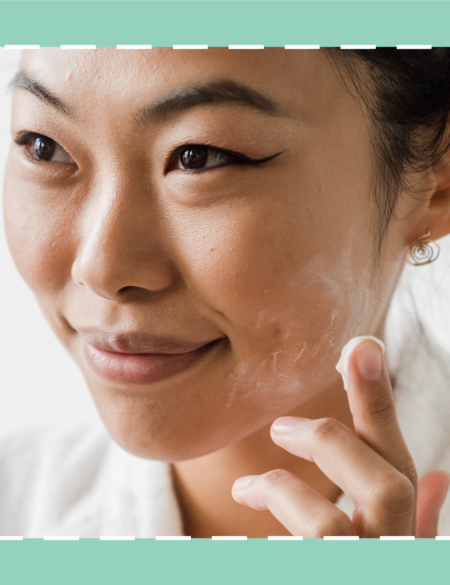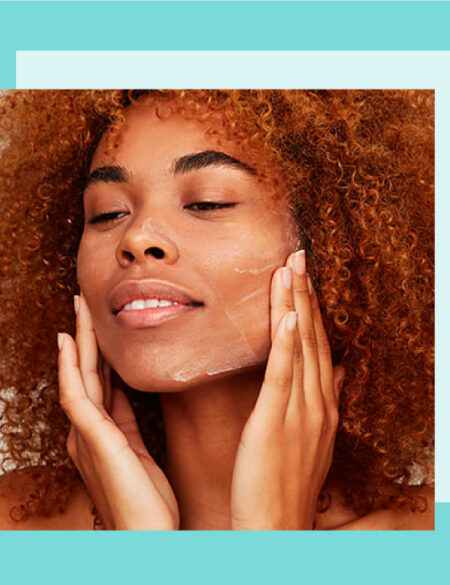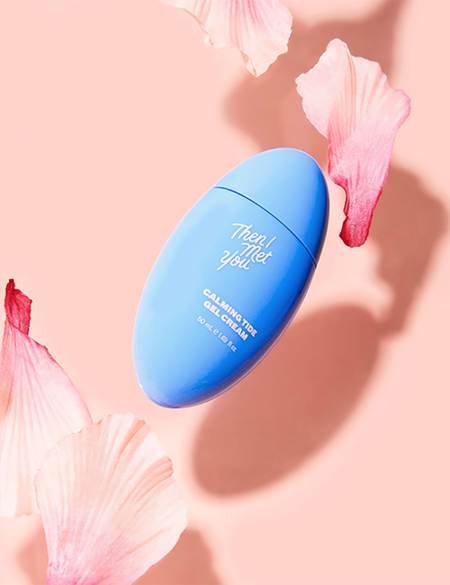Does your skin feel moisturized when you leave the house in the morning and dry and flaky as soon as you step outside? Below, we share our tips on how to achieve a hydrated complexion that stays that way.
It’s November which means it’s officially that time of year when sometimes it seems like no matter how much moisturizer you slather on in the morning, skin feels dry by lunch time.
It’s easy to blame your moisturizer for your skin woes, but listen, biting winds, cold air, and dry indoor heat are not easy to contend with.
In order to keep your skin hydrated longer in the fall and winter, there are some tweaks you can make to your skin regimen and everyday routine to assist your moisturizer and to ensure a glowy, healthy complexion no matter what your skin faces throughout the day. The four below are a good start.
1. Keep a mist at your desk or in your bag.
In the summer, mists are a great way to refresh and cool skin on the go. In the colder months, it’s an opportunity for a moisture boost. To get the best bang for your spritz, you want to choose a mist that’s packed with nourishing ingredients for a more lasting effect.
At The Klog, we’re currently crazy for the just-launched Acwell Licorice pH Balancing Essence Mist. The fine mist blankets skin with soothing, moisture-locking ingredients like bamboo water and centella asiatica leaf water, as well as brightening ingredients like licorice root extract. It’s what we reach for for relief anytime our skin feels tight and itchy and looks dull and flaky.
2. Exfoliate regularly (but don’t overdo it).
If your creams and serums aren’t working as well as you’d like, it might be because you need to exfoliate. It’s important to remove dead skin cells because they can block your creams and serums from sinking into skin and getting to work.
However, because skin can be more sensitive this time of year, you don’t want to over-exfoliate and exacerbate any issues. Start by using a gentle scrub like the Klairs Youthful Glow Sugar Mask or an exfoliating pad like the Neogen Dermalogy Real Cica Pad once a week and bump up the frequency by a day or two if needed.
3. Layer moisturizing products in the right order.
There are a handful of different types of moisturizing ingredients and they each have slightly different roles when it comes to hydrating your skin. A humectant, like hyaluronic acid, glycerin, or aloe vera for example, attracts moisture from the air and deeper layers of skin, while occlusives (like olive oil, lanolin, and mineral oil) work to seal it all in.
RELATED: The Three Types of Superstar Ingredients to Look for in a Moisturizer
If you feel like your moisturizer isn’t providing lasting hydration, take a look at the ingredients and try layering an occlusive cream or oil over a humectant-heavy serum or moisturizer. Together, the products replenish the moisture barrier and prevent water loss throughout the day.
4. Get into skin-friendly habits.
If you’re taking long, hot showers you’re not doing your skin any favors. Hot water can not only dry out skin and worsen issues like eczema, but can cause surface-level damage. Just taking the shower knob down a few notches can yield an improvement. Bonus: Lukewarm showers are also better for your hair and can result in healthier, shinier strands.
RELATED: Are Houseplants the Secret to Preventing Dry Skin?
Blasting your heat at home can also cause dryness, but because we can’t always control the indoor temperature (and sometimes that warmth just feels good!), a humidifier is an easy and inexpensive way to keep skin balanced. Place one on your nightstand and run it while you sleep and wake up to a dewy complexion.


